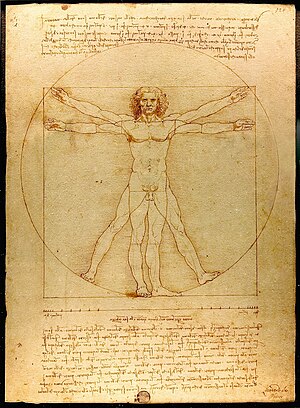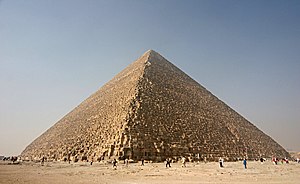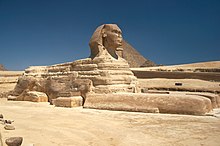The stonehenge period gets busy with lots of people doing great building effort. I remember finding this video series (secrets of the stone age; it use to be on youtube; but, it's been taken down; i bought the video; but, it doesn't work in my region, except for my computer player; it's overall one of the best I've seen documentary wise; there's not that many great science anything documentaries), Secrets of the Stone Age, which introduced me to this these ruins of the Island of Malta. Most people are familiar with the Minoan ruins on the Island of Crete. Those come comparatively later than the Malta for sure. The Malta archaeologists want to argue that the Malta ruins are before Egyptian and Stonehenge. I'm tempted to give them a pre-Egyptian pyramid dating(actually, the probability is pretty high; certainly above 90%). The first picture I've given above is of these Malta ruins. The video series mentioned shows underground Malta ruins. I can't seem to find any picture online of these - sorry!(the underground stuff are impressive indeed for the times)
I bring up the Malt stuff with the Egyptian Pyramid ruins because they are close in time even if the Malta ruins are before the Egyptian Pyramid timeframe, because, the Malta ruins are kind of similar to the style of the Stonehenge ruins. One can't take anything away from them considering the time period, I'm just pointing out that their is a difference of architectural quality. What is that quality? I argue a mathematical one. The Egyptians are often considered mathematically inferior to the Summerians and Babylonians of similar time period; but, the math done by the Mesopotamians is from a later period. The pyramids shape is well known; but, what's remarkable that unlike the not so well formed square structures of the Malta and Stonehenge, these pyramids are well formed. I mean you dont' see one side looking less than the other; or, the sides are straight lines and not misshaped and arbitrary as if just taken some stones from nature and piling them up on top of each other and saying, I made a tower or something. The egyptian pyramids show signs of mathematical calculation.
I include and finish this blog entry with the Sphinx right next to not one of the great Egyptian pyramics, but three of the largest structures built till certainly roman times. I include it because it mixes a human head with a lions body. The Egyptians are famous for mixing animal and human forms. To me, this all signifies the beginning of human creativity. Not that the cave paintings are not creative or Stonehenge isn't, but this mixing is a whole new level of for the human species.
Humanity would mix a lot of things in the next few thousand years. They'd mix numbers with geometry and have to fill in the blanks(a kind of daming up of nature) to make rational, and irrational numbers. They start to personify nature and certainly the aspects of astronomy they could figure out in their times - like the sun, and the twelve constellations. Things get colorfull. There would evolve two creative ways to describing the universe; one a mythological and the other, a mathematical; even these two would get combined in unfathamable ways. The Egyptians were at the head of it all!




As Democritus says, "No one surpasses me in the construction of lines with proofs, not even the so-called rope-stretchers among the Egyptians." The rope stretchers is what concerns us thousand plus years before Democritus's time. People like to argue that the Egyptians had pythagoras theorem. Well, they had an instance of it; and, this piece of mathematics was one device they used to make the Pyramids to mathematical precision.
ReplyDeleteThis is all I know of what engineering and mathematics they used to build them. One could guess what else they used. There's a device withe a string laying down; if the string is perpendicular to the surface, then, they know the surface is flat. If you move this perpendicular string across the surface and the sring stays perpendicular, then you know the surface is flat; otherwise, you know you have some more smoothing over the surface to do.